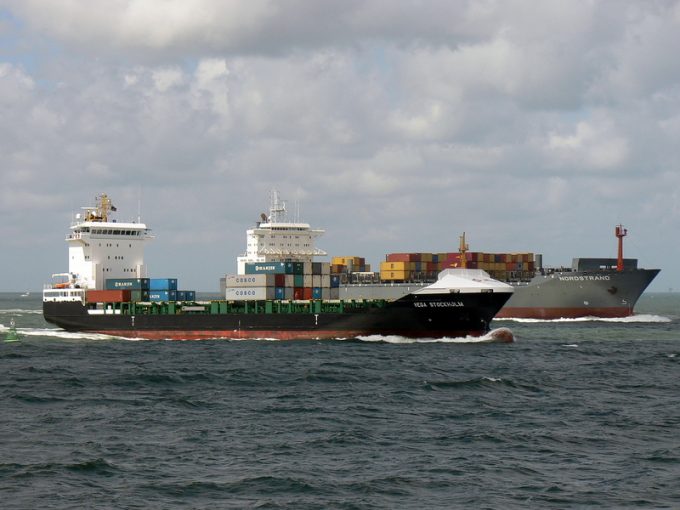Containership charter market feels the ripples from trade tensions
The charter market for containerships is diverging in response to the many pressures on supply ...

The majority of the feeder fleet in Europe is more than 20 years old and, with a dearth of newbuild orders to shipyards in the past few years, the sector is facing a chronic shortage of tonnage.
According to an Alphaliner analysis, the age profile of ...

Comment on this article